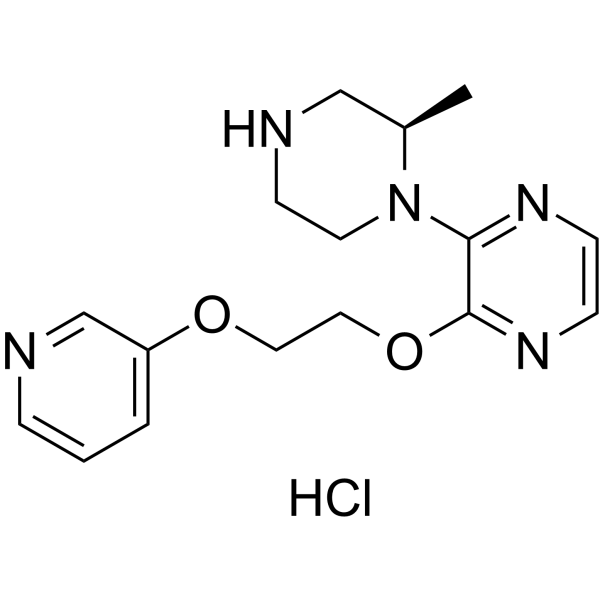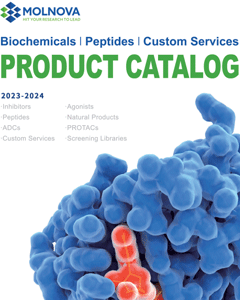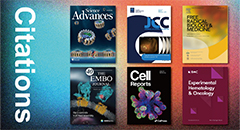
PRX933 hydrochloride
CAS No. 639029-42-8
PRX933 hydrochloride( GW876167 hydrochloride | BVT-933 hydrochloride )
Catalog No. M26396 CAS No. 639029-42-8
PRX933 hydrochloride is an agonist of 5-HT2c receptor.
Purity : >98% (HPLC)
 COA
COA
 Datasheet
Datasheet
 HNMR
HNMR
 HPLC
HPLC
 MSDS
MSDS
 Handing Instructions
Handing Instructions
| Size | Price / USD | Stock | Quantity |
| 5MG | 897 | Get Quote |


|
| 10MG | 1431 | Get Quote |


|
| 25MG | 2124 | Get Quote |


|
| 50MG | 2871 | Get Quote |


|
| 100MG | 3852 | Get Quote |


|
| 200MG | Get Quote | Get Quote |


|
| 500MG | Get Quote | Get Quote |


|
| 1G | Get Quote | Get Quote |


|
Biological Information
-
Product NamePRX933 hydrochloride
-
NoteResearch use only, not for human use.
-
Brief DescriptionPRX933 hydrochloride is an agonist of 5-HT2c receptor.
-
DescriptionPRX933 hydrochloride is an agonist of 5-HT2c receptor.
-
In VitroPRX933 hydrochloride is a 5-HT2c receptor agonist which is useful for the acute treatment of hypertension.
-
In Vivo——
-
SynonymsGW876167 hydrochloride | BVT-933 hydrochloride
-
PathwayEndocrinology/Hormones
-
Target5-HT Receptor
-
Recptor——
-
Research Area——
-
Indication——
Chemical Information
-
CAS Number639029-42-8
-
Formula Weight351.84
-
Molecular FormulaC16H22ClN5O2
-
Purity>98% (HPLC)
-
Solubility——
-
SMILESCl.C[C@@H]1CNCCN1c1nccnc1OCCOc1cccnc1
-
Chemical Name——
Shipping & Storage Information
-
Storage(-20℃)
-
ShippingWith Ice Pack
-
Stability≥ 2 years
Reference
1.Kuczkowiak U, Petereit F, Nahrstedt A. Hydroxycinnamic Acid Derivatives Obtained from a Commercial Crataegus Extract and from Authentic Crataegus spp. Sci Pharm. 2014 Aug 21;82(4):835-46.
molnova catalog



related products
-
Procaine hydrochlori...
A local anesthetic of the ester type that has a slow onset and a short duration of action. It is mainly used for infiltration anesthesia, peripheral nerve block, and spinal block.
-
Aniracetam
Aniracetam(Ro 13-5057) is a nootropics and neuroprotective drug, which is selectively modulates the AMPA receptor and nAChR.
-
GR 46611
GR 46611 is a selective 5-HT1B and 5-HT1D receptor agonist and can be used in studies about the treatment of epilepsy.



 Cart
Cart
 sales@molnova.com
sales@molnova.com


